Neil Yorio
Technology Advisor
Currently the vice president of Lighting Research for BIOS Lighting, Neil started his career at NASA’s Kennedy Space Center where he served a number of roles supporting the bioregenerative life support systems research program. With the Kennedy Space Center, 20 years of active research involving a number of aspects of photobiology, plant physiology and controlled environment horticulture were applied to keeping humans alive for long-duration space missions. This biological approach required a plant-based life support system where agronomic and horticultural crops were used for food production, oxygen generation, CO2 removal, and water purification for the space-based crew. A major focus of this research was directed at light, specifically photosynthetically active radiation since electric lighting technology is the major cost driver and energy source for the biological life support system. The work on spectral quality research immediately led to using LED solutions to replace inefficient and energy intensive sources for plant lighting (HPS, MH). Many of the peer-reviewed publications generated from the NASA research team are currently cited or at least mentioned in LED grow light marketing literature (often misquoted or misinterpreted). Now that Neil’s participating with the LED fixture and lamp manufacturing business, his strong foundation with the plant growth research side of LED technology puts him in a unique position of both understanding the lighting requirements (spectral and intensity), as well as understanding the manufacturing and performance requirements for product development. Neil currently holds three patents. He actively supports BIOS’ agency and distribution network with product specific applications, installation optimizations, and horticultural issues associated with the incorporation of LED technology in controlled environment agricultural facilities, including the legal medical marijuana sector. Neil is the author or co-author of 55 peer-reviewed publications, six technical memoranda, one book chapter, and one patent.

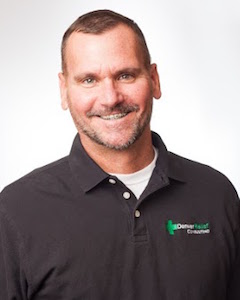
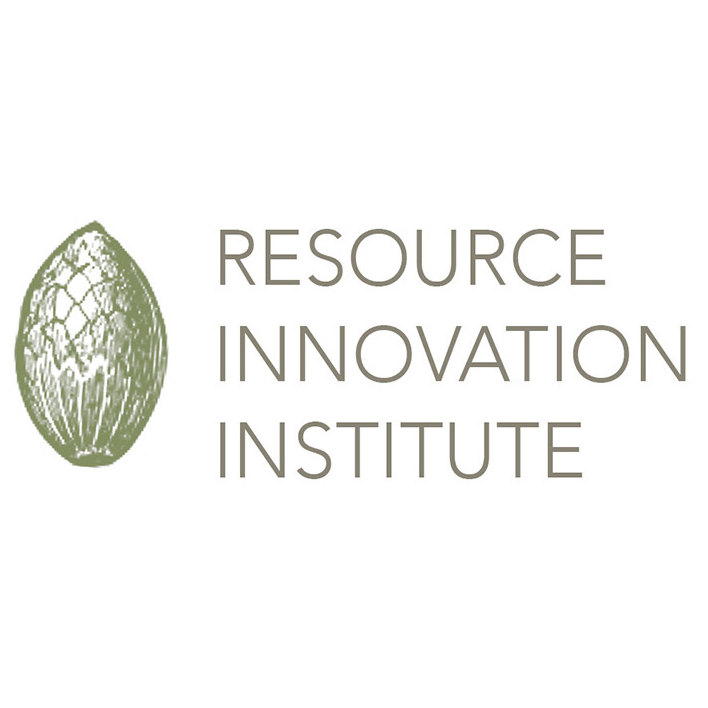 Resource Innovation Institute (National)
Resource Innovation Institute (National)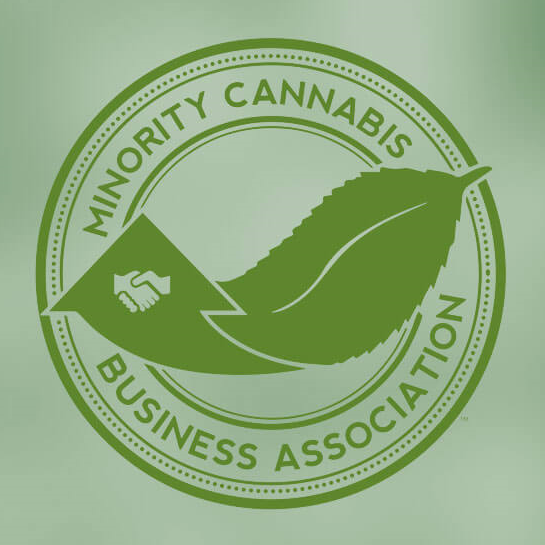 Minority Cannabis Business Association (National)
Minority Cannabis Business Association (National) Sweet Grass Kitchen (Colorado)
Sweet Grass Kitchen (Colorado)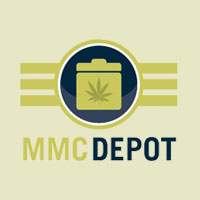 MMC Depot (National)
MMC Depot (National)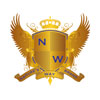 Nature’s Way Wellness Center (Colorado)
Nature’s Way Wellness Center (Colorado)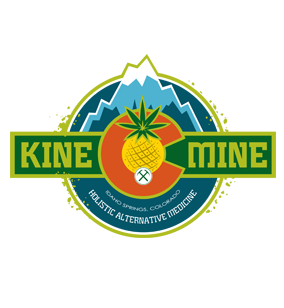 Kine Mine (Colorado)
Kine Mine (Colorado)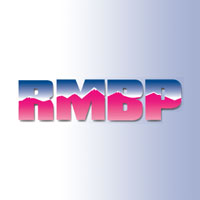 Rocky Mountain Business Products (National)
Rocky Mountain Business Products (National) Greenhouse Payment Solutions (National)
Greenhouse Payment Solutions (National)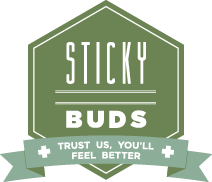 Sticky Buds (Colorado)
Sticky Buds (Colorado)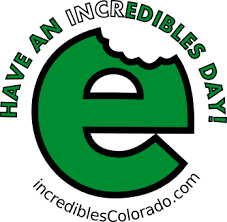 Medically Correct, Incredibles Chocolates (Colorado)
Medically Correct, Incredibles Chocolates (Colorado)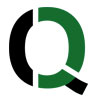 Quark Distribution (inventors of Stink Sack™)
Quark Distribution (inventors of Stink Sack™)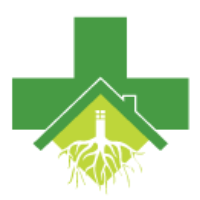 Growhouse Fraser (Colorado)
Growhouse Fraser (Colorado)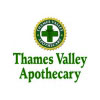 Thames Valley Apothecary (Connecticut)
Thames Valley Apothecary (Connecticut)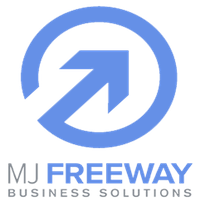 MJFreeway (National)
MJFreeway (National)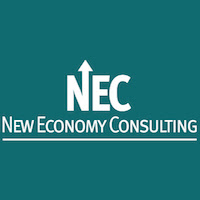 New Economy Consulting (Oregon)
New Economy Consulting (Oregon)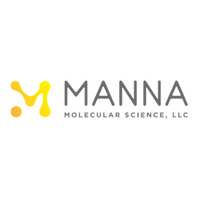 Manna Molecular Science, LLC (National)
Manna Molecular Science, LLC (National)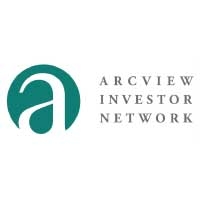 ArcView Investor Network (National)
ArcView Investor Network (National)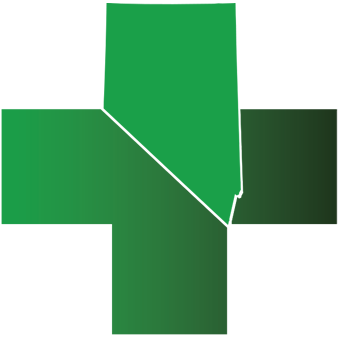 Silver State Relief and Silver State Cultivation LLC (Nevada)
Silver State Relief and Silver State Cultivation LLC (Nevada)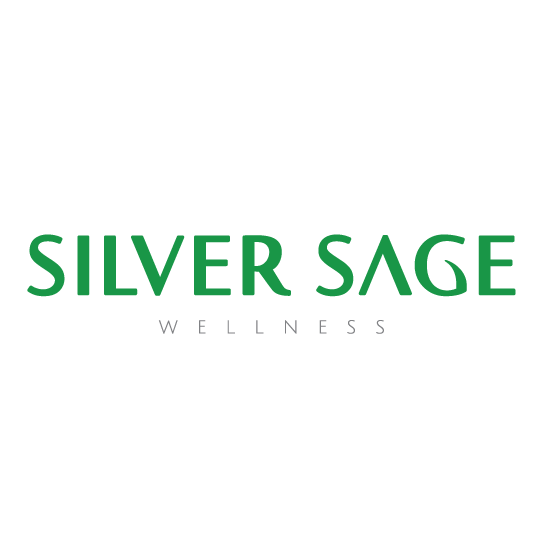 Silver Sage Wellness (Nevada)
Silver Sage Wellness (Nevada)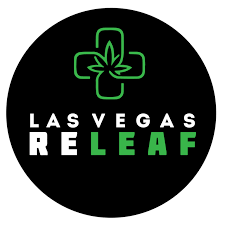 Las Vegas Releaf (Nevada)
Las Vegas Releaf (Nevada)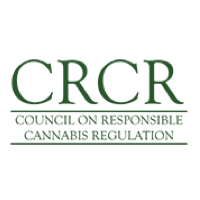
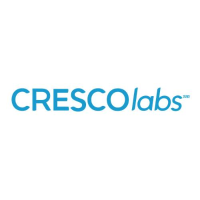 Cresco Labs (Illinois)
Cresco Labs (Illinois)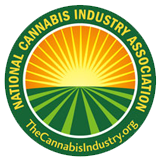 National Cannabis Industry Association
National Cannabis Industry Association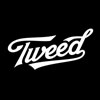
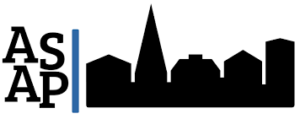
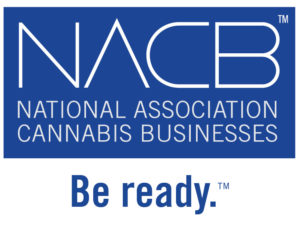

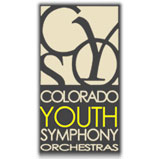
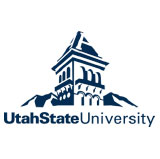
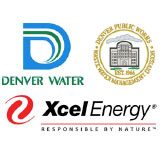
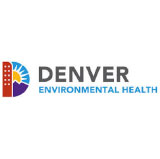 Denver Relief Consulting serves as a trusted advisor to the
Denver Relief Consulting serves as a trusted advisor to the 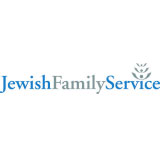 Founded in 1987,
Founded in 1987, 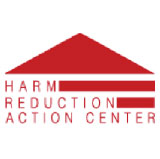 The Harm Reduction Action Center
The Harm Reduction Action Center 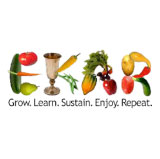
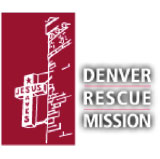
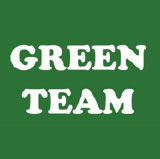 The Denver Relief
The Denver Relief 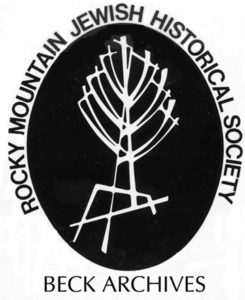
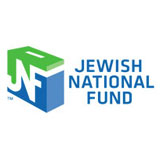 A global environmental leader, the
A global environmental leader, the 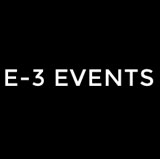

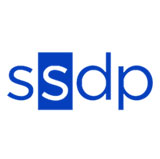 Students for Sensible Drug Policy
Students for Sensible Drug Policy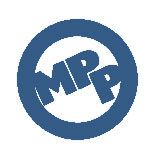 As a member of the
As a member of the 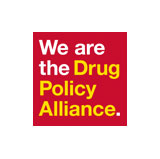 The
The